The reserve (13 square kms) is located in an area named Eshtafeena. The reserve management has set up two hiking trails and provided a special area for camping.
Ajloun's woodlands consist mostly of Oak trees, interspersed with Pistachio, Pine, Carob, and Wild Strawberry trees. These trees have been important to local people for their wood, scenic beauty, and quite often for medicine and food.
The Roe Deer is adapted to forest habitat, and feeds on a variety of trees, shrubs and grasses. The rich Mediterranean-like forests that covered the Ajloun area provided an ideal habitat for millennia, However, deforestation and desertification over the past 200 years led to decline in numbers of the Roe Deer. Three Roe Deers were introduced to the captive breeding enclosure in Ajloun in 1988, from a similar habitat in Turkey. Today, there are thirteen Roe Deer at Ajloun.
The Persian Fallow Deer is another species that was once common in Jordan. This animal probably became extinct by the turn of the century. A re-introduction program for this deer at Zubia will begin as soon as the Roe Deer program has been firmly established. This species of deer derives its name from the old English word "falu", meaning "Brownish-yellow", which describes the color of its coat.
People With a Rich
History
The Ajloun area has a long history of human
settlement, due to its Mediterranean climate, dense forests and fertile
soil. This rich history is reflected in the many archaeological ruins
scattered in the woodlands and surrounding villages. In the village of
Tubna, the visitor will find a Zeidanian mosque and a meeting hall dating
back to 1750 AD The visitor will also find a structure known as "Al'ali
Shreidah", home of the governor of the region before the
establishment of modern Jordan. The governor's home was much admired by
the contemporaries due to the fast that it was the first two-level
building in the region. The Ajloun Castle (Qal'at Ar-Rabad) built by
Saladin's nephew [1184 AD] is another important archeological landmark.
The castle was built to control the iron mines of Ajloun, and to counter
the progress of the Crusaders by dominating the three main routes
leading to the Jordan valley and protecting the communication routes
between Jordan and Syria.
Settlement in Zubia Village/ Ajloun area dates back to the Byzantine period. There are also houses and stables dating back several hundred years. A spring located in a valley between Zubia and Tubna served as a major source of water for the surrounding settlements. Today, there are more than ten villages surrounding the Ajloun Reserve. Some villagers are involved in farming crops such as grapes, figs and olives while others work in the public sector. Ajloun area is famous for its olive trees and its assorted products.
Getting there:
Ajloun is one and a half hours from Amman.
From the Amman-Jerash Highway turn to the old Jerash road marked by a sign reading "Ajloun and Jerash". Tun from this road to the Ajloun road (marked by a road sign). Follow this road to Ajloun where you will find signs indicating the way to the reserve.
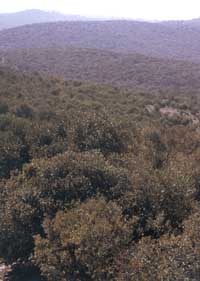
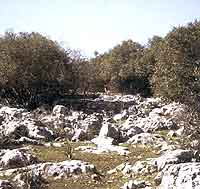
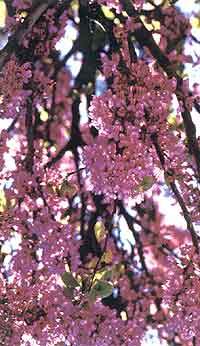
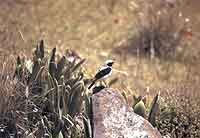
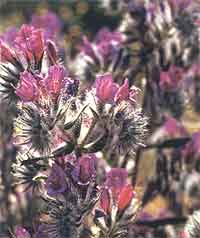
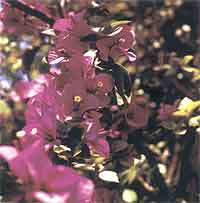
(JERASH - DECAPOLIS ERA - JORDAN - PETRA - WADI RUM - AQABA - THE DEAD SEA - MUJIB WILDLIFE RESERVE - DANA NATURE RESERVE - SHAUMARI NATURE RESERVE - AJLOUN NATURE RESERVE - AZRAQ WETLAND RESERVE - BIRD WATCHING - THE GULF OF AQABA - BETHANY BEYOND JORDAN)
EGYPT - LEBANON - SYRIA